 Short-crested Flycatcher (Myiarchus ferox)
Short-crested Flycatcher (Myiarchus ferox)
 Short-crested Flycatcher (Myiarchus ferox)
Short-crested Flycatcher (Myiarchus ferox) |
 |
| Pictures (click on them to enlarge) | ||
|---|---|---|
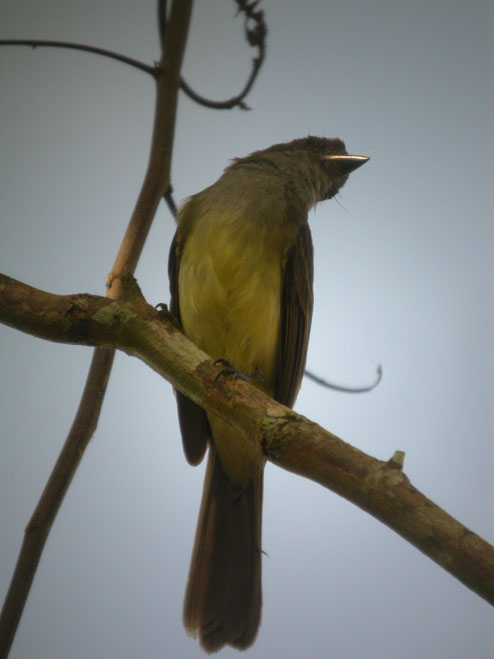 © Foek Chin Joe | 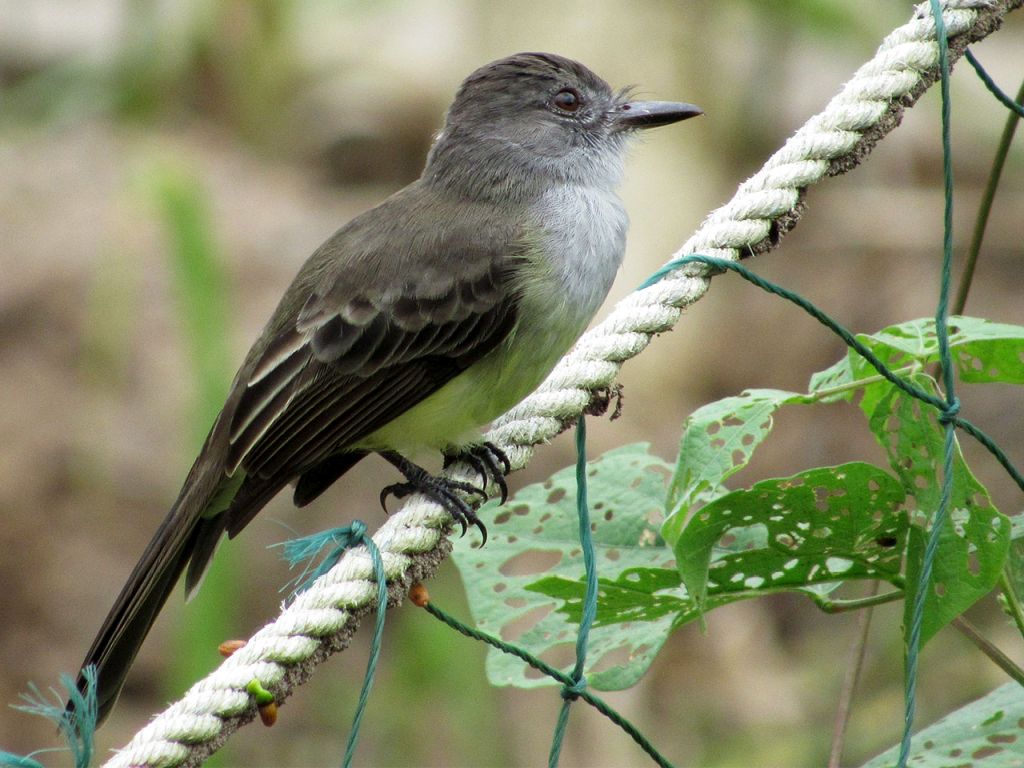 © Hans Majong | 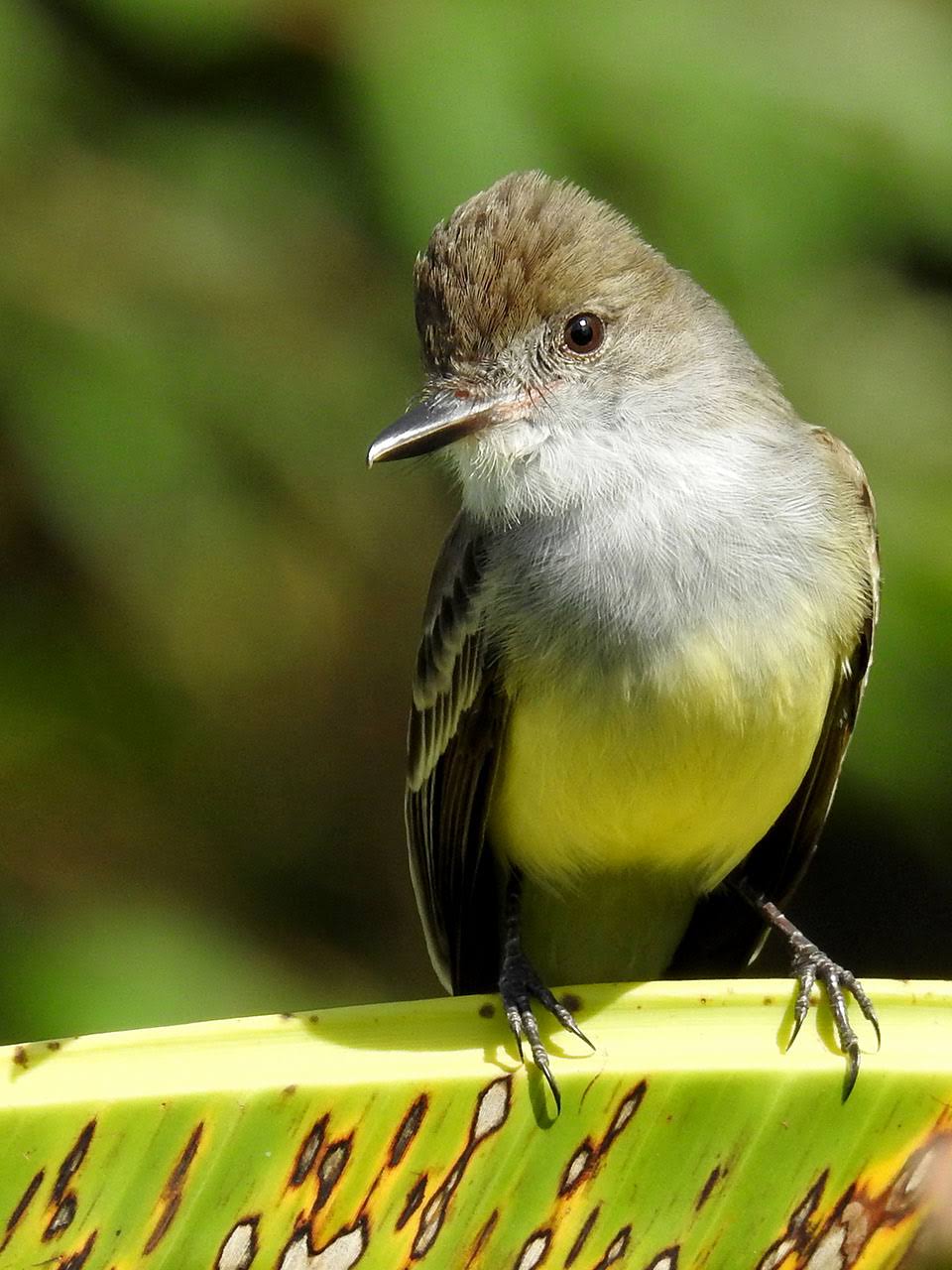 © Hans Majong |
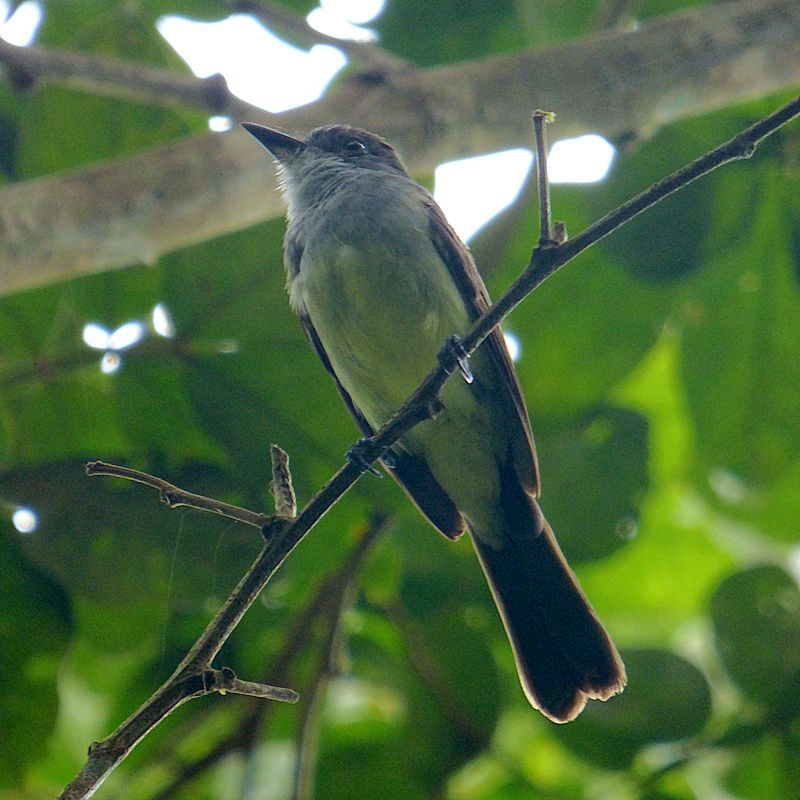 © Erik Toorman | 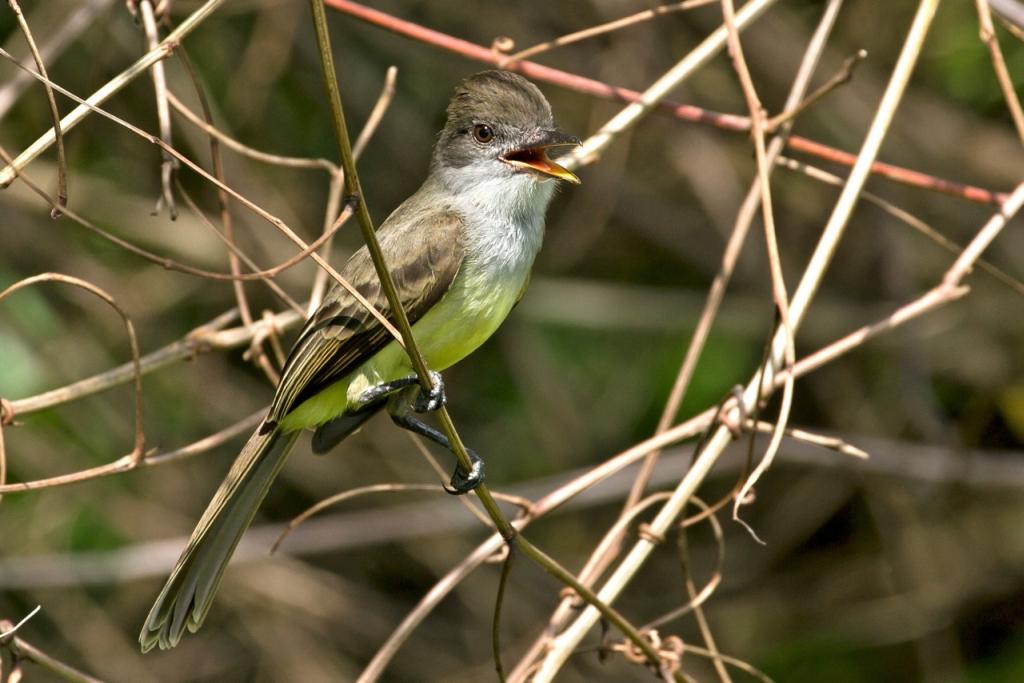 French Guiana © Michel Giraud-Audine | 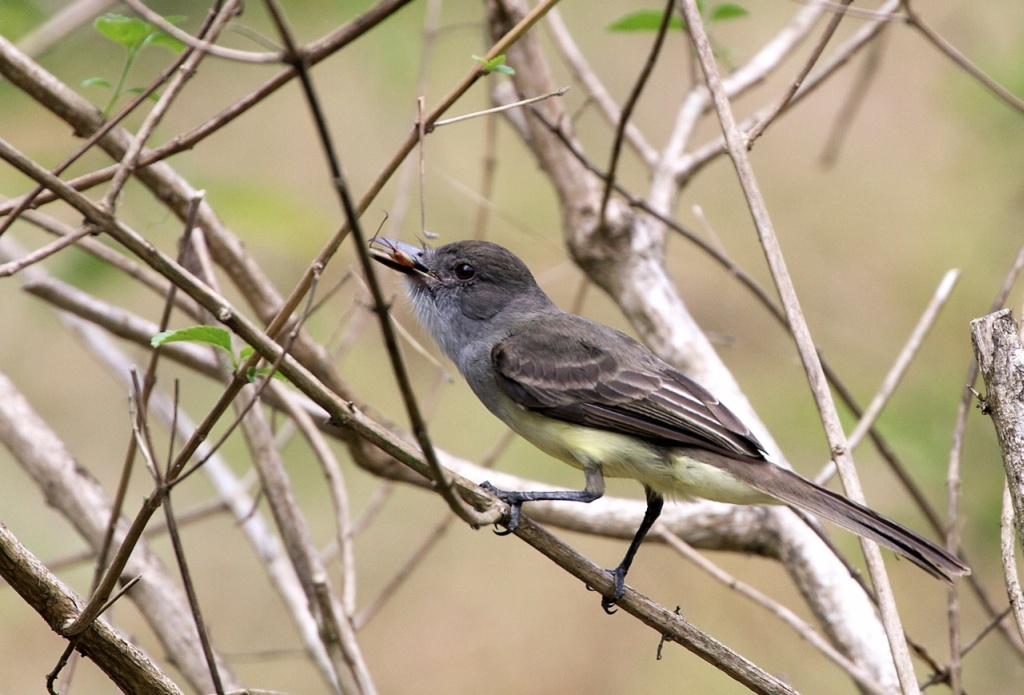 French Guiana © Michel Giraud-Audine |
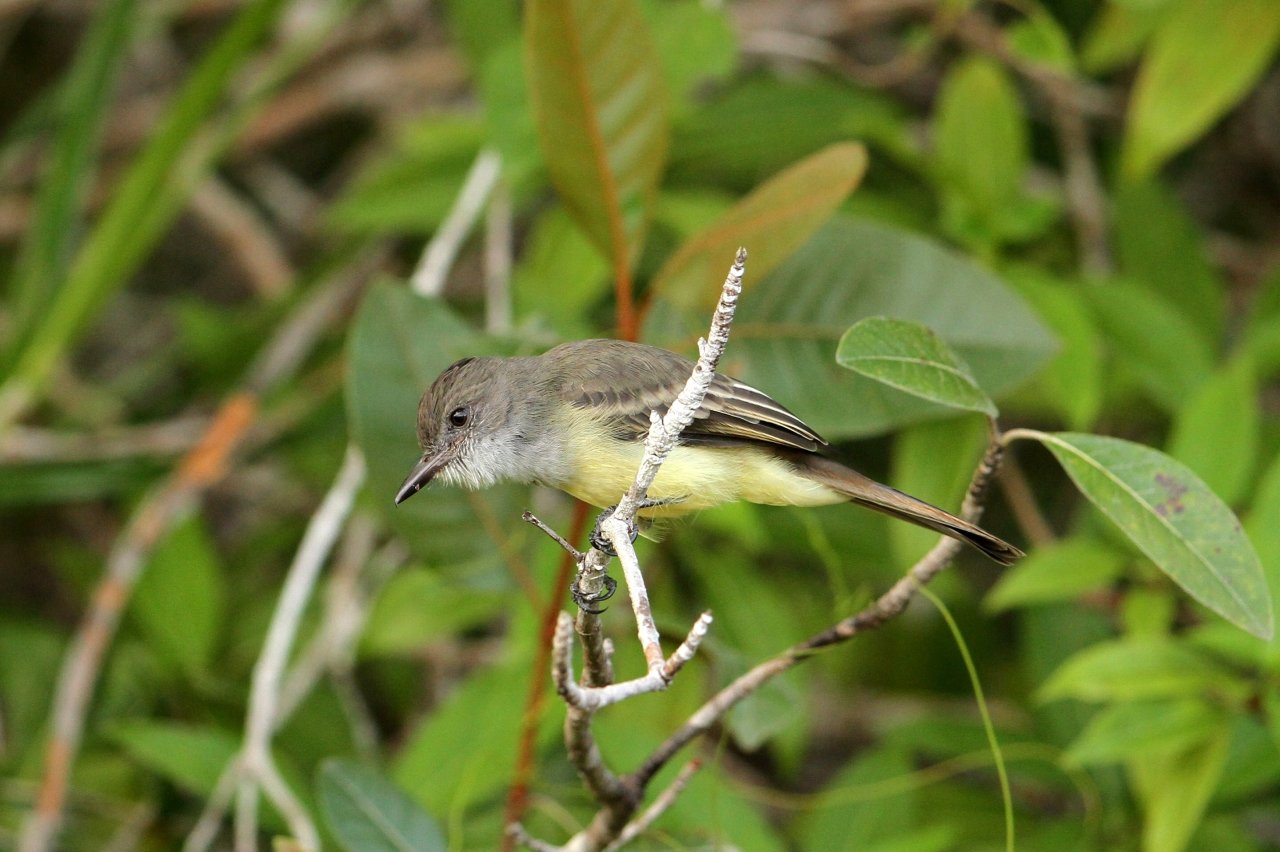 French Guiana © Roland Jantot |
| The Short-crested Flycatcher is a common flycatcher in Suriname, with a brown head and yellow belly, wings and tail brownish black. It has some family members of the Myiarchus family that it resembles a lot. Its nest has been found by Haverschmidt in holes in trees. The sound of a Short-crested flycatcher was taped by Otte Ottema near the Coesewijne river in January 2006. Photo of a Short-crested flycatcher made by Foek Chin Joe in Charlesburg in Suriname in October 2006 and by Michel Giraud-Audine in French Guiana near Guatemala in June 2013 and at Wayabo in September 2104. Dominiek Plouvier made two videos of a Short-crested Flycatcher. |
| Birdsounds (click on them to listen) | ||
|---|---|---|
| Sound recording of a Short-crested Flycatcher © Otte Ottema, bird guide |
| Video (click the link or the 'play'-button to see) | ||
|---|---|---|
| Video recording of a Short-crested Flycatcher © ; | Video recording of a Short-crested Flycatcher © ; |
|
|
||||||||||||||||||||||||||||||||||||||||||||
| Observations through the year | Observations of breeding through the year |
|---|---|
| The 519 reported observations of this bird in Suriname, mainly for the last 50 years up to 2018, have been grouped by month. More birds on one day are counted as one observation. Of course, if the graph should depict the total number of birds seen, the differences between the months could be much more pronounced. | The 8 reported breeding observations of this bird in Suriname. Most observations are about nest with eggs, some about fledglings, or feeding at a nest or the building of a nest. Of the about 5000 nests and eggs found for all species together, about 1/3 comes from the egg collection of Penard between 1896 and 1905. For some reason most collecting then was done in the first half of each year, so the shown distribution does not necessarily reflect the actual breeding preferences. The main dry season in Suriname is reckoned to be from half August to the end of November, the main wet season from half April to half August, but the the timing of begin and end does vary from year to year. Around March a second dry season often occurs. |